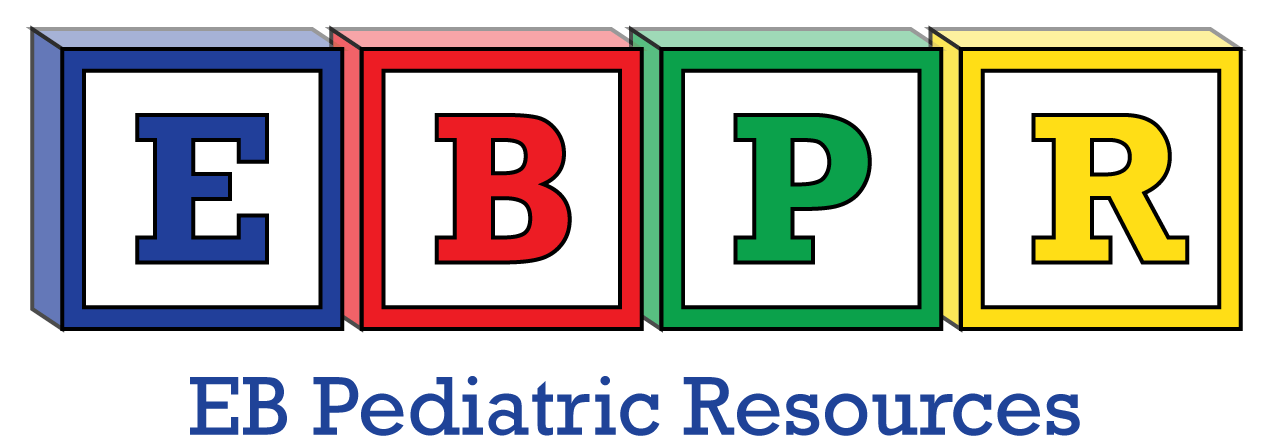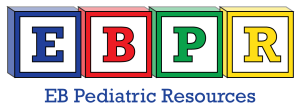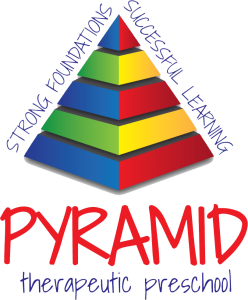Hello all! Hope you are all doing well. Here is the second tip–all about movement. Wishing you all the best in these stressful times.
Movement (part 1)
Children need to move. Children MUST move—it’s part of their development and promotes learning.*
Movement Ideas for the Compulsory Stay-at-Home Parents
Parents who are home with their children may be in an impossible situation if they are also trying to get their own work done. But you can also benefit from movement. Take a 5 minute movement break. Get up and jump with your children, run in circles, roll on the floor. I know it sounds silly but once you’ve done this, my guess is that you will be able to focus more clearly when you go back to work. So will your kids.
If you have space to let your children run around, you’re lucky! If not, try to set up something that will promote movement without overly disturbing your environment or your own work space. I’ll check out some ideas for this and send them your way in the next email.
These are just suggestions for both independent and collaborative play–but please make your own judgment when it comes to the safety of your children!
- Set a timer for independent physical play alternating with timed calm or quiet play–this is a supportive tool for your child to help him/her regulate and not become over-agitated; many children have difficulty transitioning from active to sedentary play (also see #7);
- Put pillows and couch cushions on the floor and let your children jump on and navigate through them;
- Set up a game of tug-a-war with some stretchy material (you can get brightly colored Lycra cheaply at your local Joann Fabrics)–and if you have something SAFE to tie it to that won’t budge, this can be an independent activity for your child;
- Roll your child in a rug and have him/her try to roll back out again–make sure you support your child so they don’t get anxious if they can’t roll out easily;
- Create an obstacle course by using blankets to crawl under, cushions or pillows to crawl over, and a clearly marked route;
- Give your child a swinging sensory break — have each parent hold an end of a blanket, put the child inside and swing gently; you can utilize speech skills by asking your child to say “more, start, stop” and other directives. If your child is nonverbal, have him/her use signs to indicate that they want “more” or “all done” and encourage eye contact with each cue;
- Remember to always use a clear “start/stop” transitional cue for physical movement for unregulated children—for instance, start by taking at least 3 long deep breaths, give a clear signal that you will be stopping in (countdown 5-4-3-2-1) and then stop by taking 3 long deep breaths. That will give your child a chance to calm down and be able to focus on task again.
Movement is very important so I’ll be sending other ideas soon. Our physical therapist has come up with a great list that I’ll forward to you all!
Side note: Here’s a link to an interesting article about a new style of kindergarten that allows children to move—one child was clocked to cover 3.7 miles in the course of 20 minutes! Take a look: https://www.ted.com/talks/takaharu_tezuka_the_best_kindergarten_you_ve_ever_seen?language=en
Hope this was helpful!
Keep healthy–stay positive!
*Movement promotes cognition:



